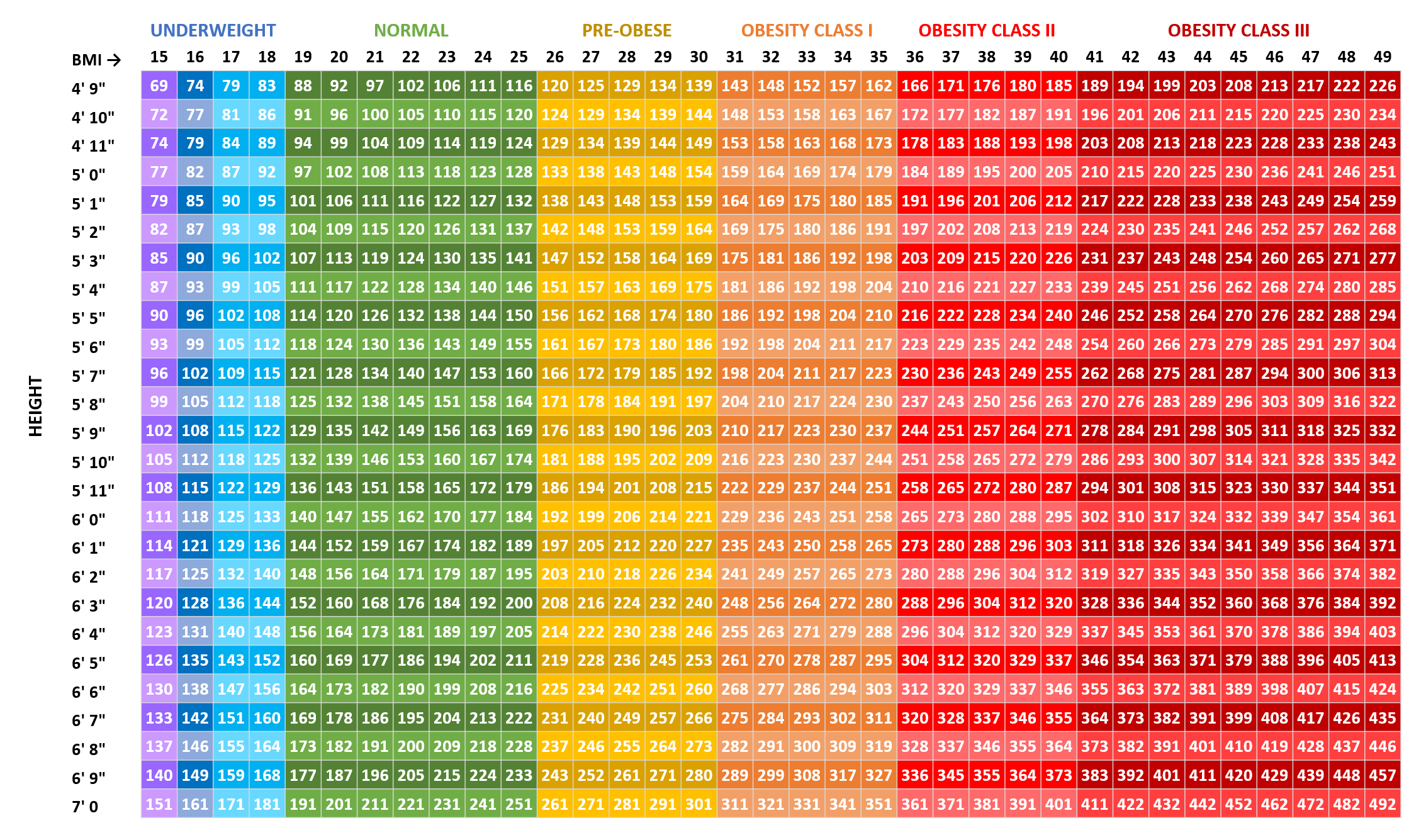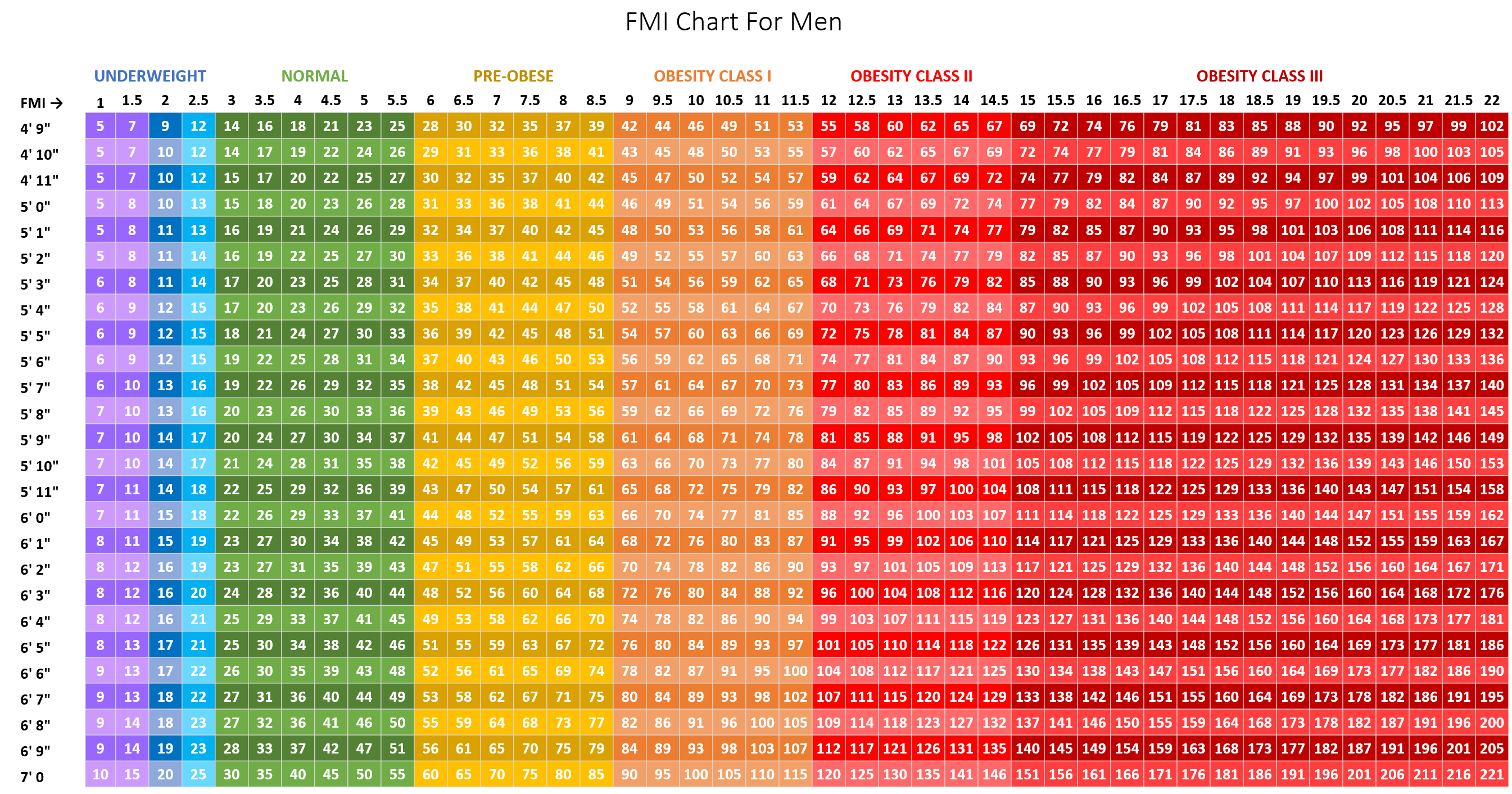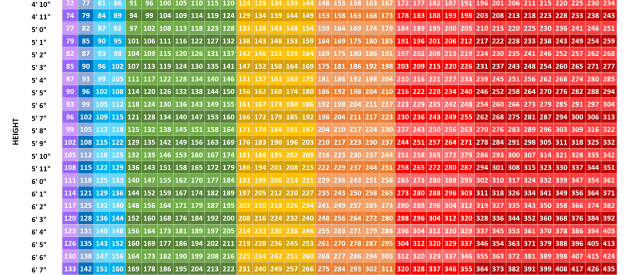We have always heard people say that BMI is a bad metric, and by the end of this article you will know how to check the accuracy of your BMI using a more honest metric of FMI ? Fat Mass Index.
Have you ever computed your BMI, and asked yourself, ?Is it possible that mine is just way off?? silently hoping that you are thinner than the BMI implies? It is the case for more than half of our Tern-Fit Team! After this BMI doubt, we usually promptly give ourselves a reality check, ?No, you are not a body builder, so your BMI is likely on the dot.? Is the BMI actually a good metric for someone who is not a body builder? Turns out, not quite!
The BMI metric put two members of our Tern Team into an obesity class that was one level above the class they actually belonged to.
Curiosity drove the Tern Team to get a Dexa (DXA) Scan. The DXA scan is a kind of an X-ray that helps you evaluate how your mass is broken down across fat, muscle, and bone. Because this scan can give you a pretty accurate estimation of your body fat percentage, it can also calculate your FMI ? a metric of how much fat you have. The Tern Team compared our FMI and BMI results to get to the bottom of whether BMI was a good metric for us.
What is BMI and How to Calculate Yours
BMI is calculated based on your height and weight. To get your BMI, you can divide your weight in kilograms by your height in meters squared. The World Health Organization (WHO) offers a classification for figuring out where your BMI lands you in terms of health. WHO maps your BMI to a class: Severe Thinness, Moderate Thinness, Mild Thinness, Normal, Pre-Obese, Obese Class I, Obese Class II, Obese Class III.
We made a BMI chart that you can use to calculate your BMI and see where you fall as far as these WHO classes go. To use the BMI Chart below, find your height on the left side of the table and follow your height?s row to your weight. Your BMI is in a black bold row on top of the chart right below your WHO classification:
 BMI Chart with WHO Obesity Classification for Men and Women
BMI Chart with WHO Obesity Classification for Men and Women
The chart above is an approximation of your BMI and your WHO Weight Class (rounded). To get a more precise number (with decimal points and all), you can use the WHO BMI Classification Chart. Here is a summary of WHO?s Table that matches the color code of the chart above:
 WHO Obesity Classification Based on BMI for Men and Women
WHO Obesity Classification Based on BMI for Men and Women
What is FMI and How to Get Yours
FMI is your Fat Mass Index (exactly the opposite of FFMI- Fat Free Mass Index) ? a measure of how much fat your body carries relative to your height. Unlike the BMI, FMI is gender specific ? women tend to carry more fat on their body than men. Alas, computing your FMI is a little more involved than computing your BMI (but you should do it anyway!) FMI is a measure of your fat mass relative to your height. While BMI takes your weight in kilograms and divides it by your squared height in meters, FMI takes the weight of your fat in kilograms and divides it by your height in meters squared.
 FMI Chart for Women. Fat Mass Index Calculator.
FMI Chart for Women. Fat Mass Index Calculator.
Step #1. To compute your FMI, you will need to know what percentage of your body is fat. To get this number, you can either use modern scales that estimate body fat percentage, get a Dexa (DXA) scan or ask your doctor to help you figure it out.
Step #2. Take your body fat percentage and multiply it by your weight in pounds. For example, let?s take a body fat percentage of 40.3% and a starting weight of 221 lbs. To compute the fat mass, 40.3*221/100 = 89 lbs. Fat mass is 89 pounds.
Step #3. If you are female, use the ?FMI Chart for Women? above. If you are male, use the ?FMI Chart for Men? below. Find your height on the left side of the chart, and follow your height?s row to your fat mass number. When you reach it, look at the FMI row and see which column you are in. For example, if our example from Step #2 belongs to a 5’3″ female, we follow 5’3″ row to 89 lbs, and see that the FMI is about 15.8.
 FMI Chart for Men. Fat Mass Index Calculator.
FMI Chart for Men. Fat Mass Index Calculator.
We Compared our BMI to FMI
BMI is a generic rule of thumb. It looks at your weight and height and tries to estimate your health without considering your gender or your muscle mass. FMI is more precise. It considers your gender and actual fat mass. After all, having 20 pounds of excess muscle is different from having 20 pounds of excess fat.
Two members of the Tern-Fit Team put our BMIs to the test via a DEXA scan. Here is how the BMI withstood the FMI test for us:
 Person #1 in Magenta and Person #2 in Teal.
Person #1 in Magenta and Person #2 in Teal.
As you see, BMI has misplaced both of our team members into a higher category for obesity. While BMI did accurately estimate that they were obese, the FMI paints a slightly more optimistic picture. A general rule of thumb is that the more fat you carry, the more lean mass you will have. Extra weight is just that ? an extra weight your muscle has to work with every single day. That is why, BMI can be inaccurate even if you are not a body builder! BMI does not take into account what portion of your weight is your lean mass.

Tern Fit is a blog, experience, and a motto. The Tern Fit Team will work together to create the most detailed weight loss journal on the internet. Follow us here: http://tern-fit.com/


